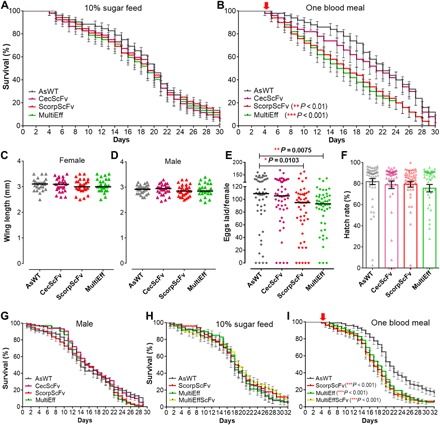Fig. 4. Fitness effects of three transgenic lines with anti-Plasmodium activity.

(A and B) Life spans of the female mosquitoes of the three transgenic A. stephensi lines maintained on 10% sucrose solution (A) or after one blood meal on mice (B) with WT control (AsWT). The life spans of ScorpScFv and MultiEff mosquitoes were significantly shorter than those of the controls when the mosquitoes were fed once on the naïve mice (P < 0.01 and P < 0.001, respectively). The pooled values from three replicates are shown, with SE. Survival rates were analyzed by Kaplan-Meier survival analysis with Wilcoxon test to determine the significance. (C and D) The wing lengths of the three anti-Plasmodium transgenic mosquito (CecScFv, ScorpScFv, and MultiEff) females or males did not differ from those of the control mosquitoes (AsWT). (E) Numbers of eggs laid by female homozygous transgenic ScorpScFv and MultiEff were significantly lower than those of the control AsWT mosquitoes. Each dot represents the eggs laid by an individual female after a single blood meal on mice. The median values (black horizontal bars) are shown. The P values were calculated with a Mann-Whitney test. (F) Hatch rates indicate the average percentage of eggs giving rise to first- and second-instar larvae, as shown with the bars indicating the mean values and SE. Each dot represents the hatch rate of the eggs laid by an individual female after blood meal. (G) Life spans of male mosquitoes of the three transgenic lines and AsWT controls maintained on 10% sucrose solution. (H and I) Comparison of life spans of the female hybrid transgenic line mosquitoes (MultiEffScFv) to the parental single transgenic lines (MultiEff and ScorpScFv) and the AsWT controls maintained on 10% sucrose solution (H) or after one naïve blood meal on mice (I).
